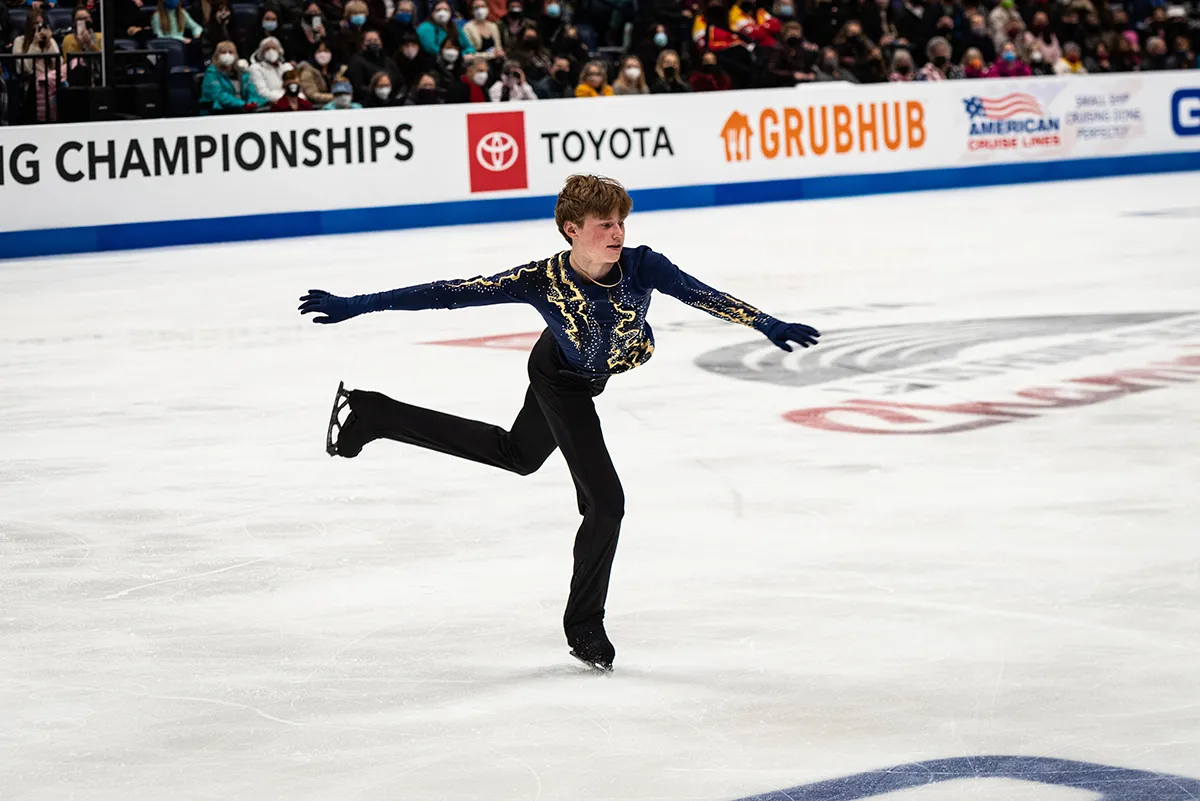The quadruple axel is notorious in the figure skating community for being seemingly unachievable. Or at least it was before September 14, 2022, when 17-year-old American Ilia Malinin successfully completed the jump during the U.S. Classic in Lake Placid, New York.
Deborah King, professor of physics and graduate chair of exercise science and athletic training at Ithaca College, has spent her career studying the physics behind figure skating. As IC News reported over the winter, she had hoped that the moment would have occurred during the 2022 Winter Olympic Games. However, Japanese skater Yuzuru Hanyu made a widely publicized, but ultimately unsuccessful, attempt.
That wasn’t the case in Lake Placid.
“Malinin’s jump went so smoothly that it was, like, ‘holy smokes,’” she said. “It’s amazing that he made it look that easy, as compared to watching [Hanyu’s attempt] in the Olympics when it was close, but not quite there.”
